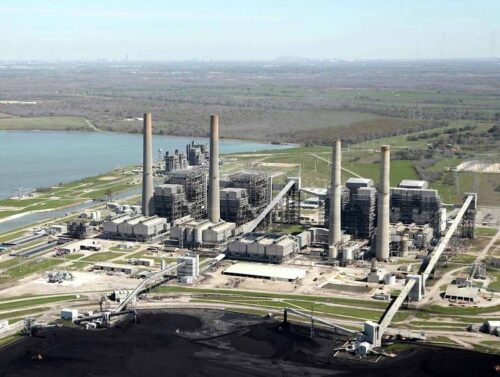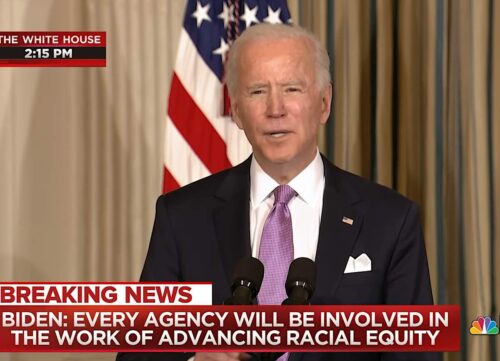
Let’s examine a few drought facts. California experienced eight major droughts in the 20th century, according to the U.S. Geological Survey. They ranged from two years to as long as nine years, such as that which occurred from 1928 to 1937.
A large part of California’s water problem has economic roots. Whenever there’s a shortage of anything — whether it’s water or seats at a baseball stadium — our first suspicion should be that the price is too low. California agriculture consumes about 80 percent of the state’s delivered water, and it has been exempted from many of California’s new restrictions. On top of that, agricultural water users pay a much lower price than residential users. In other words, California’s farmers are being heavily subsidized.
The Imperial Valley, located in the southeastern part of the state, is geologically a desert. Nonetheless, its farmers grow large quantities of potatoes, cauliflower, sweet corn, broccoli and onions. These crops would not be produced without there being subsidized irrigation and other state and federal subsidies. I need someone to show me there is such a desperate need for somewhere to grow potatoes, corn and other crops that we need to subsidize making a desert bloom.
Western water is mostly controlled by the U.S. Congress and its Bureau of Reclamation. Through lobbying efforts, the Bureau of Reclamation is controlled by growers and other special interests. Water is distributed in California and other Western states not by market prices but by the political process. Agricultural interests have disproportionate political power. That means agricultural interests receive taxpayer-financed handouts.
California farmers argue that without federal and state government subsidies, crops could not be grown in desert areas. That’s a foolish, self-serving argument. If I were an Alaskan wanting to use government subsidies to build hothouses to grow navel oranges, I could use the same argument: Without government subsidies, I couldn’t grow navel oranges in Alaska.
Some of California’s water conservation regulations are mindless. It is illegal for servers in bars, restaurants and cafeterias to serve water unless customers ask. The amount of water people drink per day is a trivial part of total water consumption. Estimates vary, but each person consumes 80 to 100 gallons of water per day flushing toilets, bathing and for other residential purposes.
Another California water conservation effort is “drought shaming.” That’s when vigilantes call water utility hotlines to snitch on their neighbors who are watering lawns, washing cars or filling pools. One wonders whether there might arise an anti-vigilante movement to punish the vigilantes.
The bottom line for solving California’s water problem is that there needs to be a move toward a market-oriented method for the distribution of water. Government management has been a failure.

















